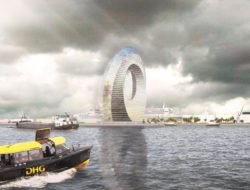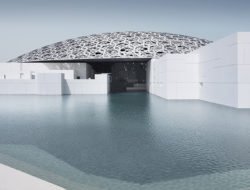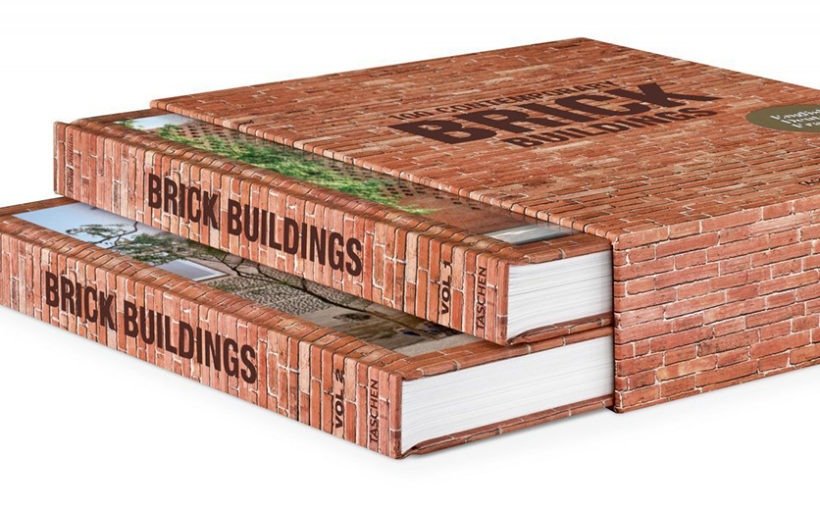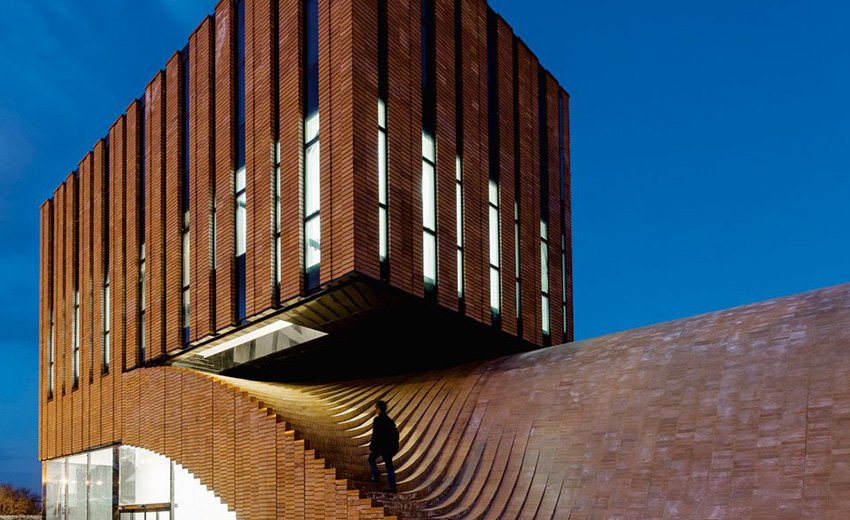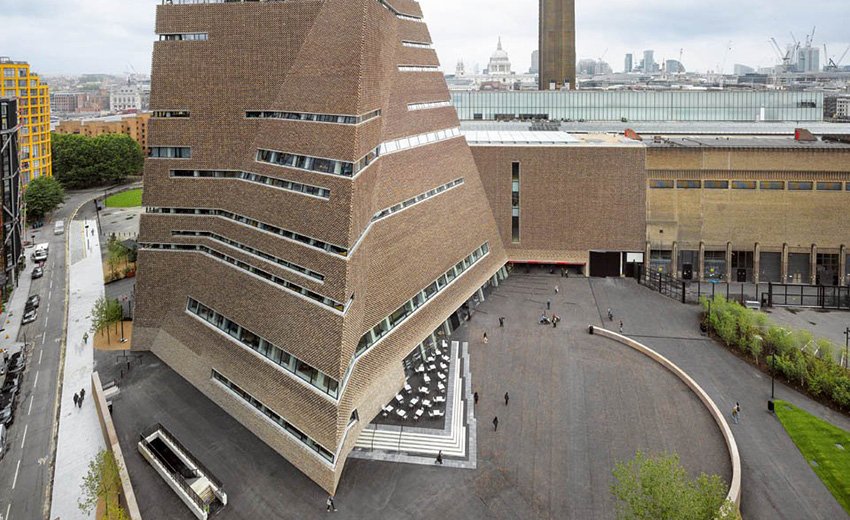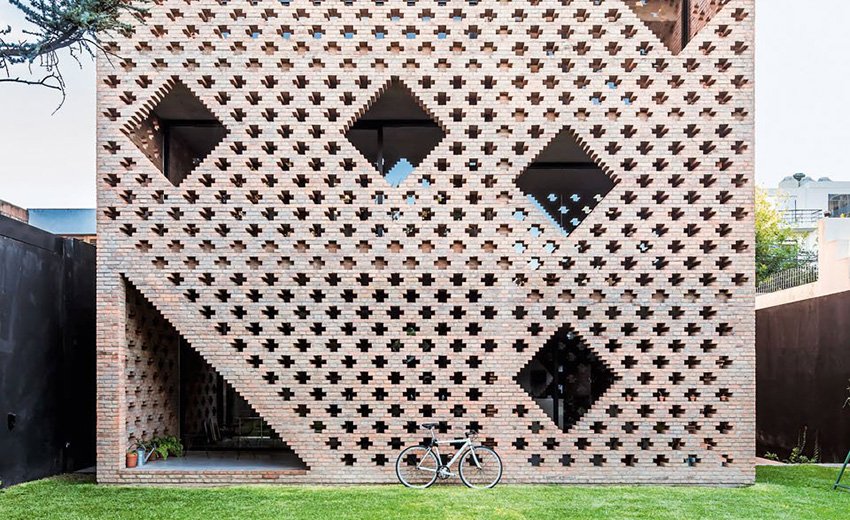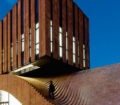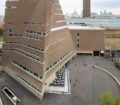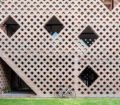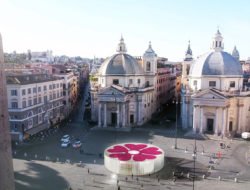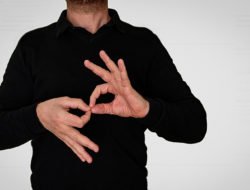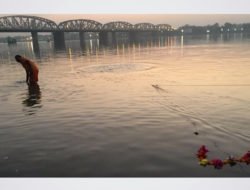The oldest material shaped by man, brick has been used in architecture for millennia. Although modern materials are competing with it unrestrainedly, it doesn’t appear to be going out of fashion. What are the planet’s most beautiful brick buildings?
Its origins are distant. The first traces of its use go back to 7,500 years B. C. Ecological material par excellence, terracotta has given free rein to the overflowing imagination of architects for centuries. This is evidenced by the Mesopotamian ruins of the Ziggurat of Ur (2,100 B. C.), the vast thermal baths of Caracalla in Rome (216 A. D.) or the 122-meter tall Stupa visible in the Jetavanaramaya complex in Anuradhapura, Sri Lanka, built in 273-301 and made up of more than 93 million bricks. Its universalism is such that it is also found in the Great Wall of China, started in 300 A.D., J.-C., and the Great Mosque in Djenné, Mali, rebuilt at the beginning of the 20th century, the largest mud brick structure in the world.
Since then, the faithful parallelepiped has demonstrated incredible resilience, and remains a basic element of contemporary architecture. Religious buildings, residential buildings, art centres: brick is also synonymous with industrial growth, in Europe and the United States. Subjected to the most complex stresses in structures with avant-garde forms, it also adopts a plethora of façade claddings, showing off, sometimes smooth and clean, sometimes coarse or raw by nature. And today, despite the fierce competition from concrete and wood, brick has lost none of its modernity.
An old lady who won’t be walled in
In a beautiful book with texts in three languages (French, English, German), Taschen publishers demonstrate the full potential of this “old lady”. Gone is the image of poorly laid red brick. Terracotta has re-won the hearts of the greatest builders, who have made it more reliable, more attractive, and infused it with considerable eco-energy properties. Perusing the very fine images of this two-volume collection – stored in a box in the form of …a brick! –, we discover that while the uses of this extraordinary material abound, the themes are constantly being renewed, with today’s architects constantly pushing the limits of what is possible.
Among the 100 architectural masterpieces selected by Philip Jodidio are Diego Arraigada’s Brick House, whose perforated walls allow the light to pass through (photo 1); the Termeh Office Building by Farshad Mehdizadeh & Ahmad Bathaei in Hamadan, Iran – with its quasi-organic staircase leading to the offices (photo 2); the huge brick arches by Louis Kahn on the site of the Bangladesh Parliament Building; the House of Culture in Helsinki by Alvar Aalto, which plays with undulation with its rounded bricks; the Tate Modern Switch House in London, designed by the duo Herzog & de Meuron (photo 3), and the Saw Swee Hock Student Centre designed by O’Donnell + Tuomey.
100 Bâtiments Contemporains en Brique, by Philip Jodidio, Taschen, 2017, 648 pages.
Tags: architecture, brick, Philip Jordido, Taschen, terracotta

































